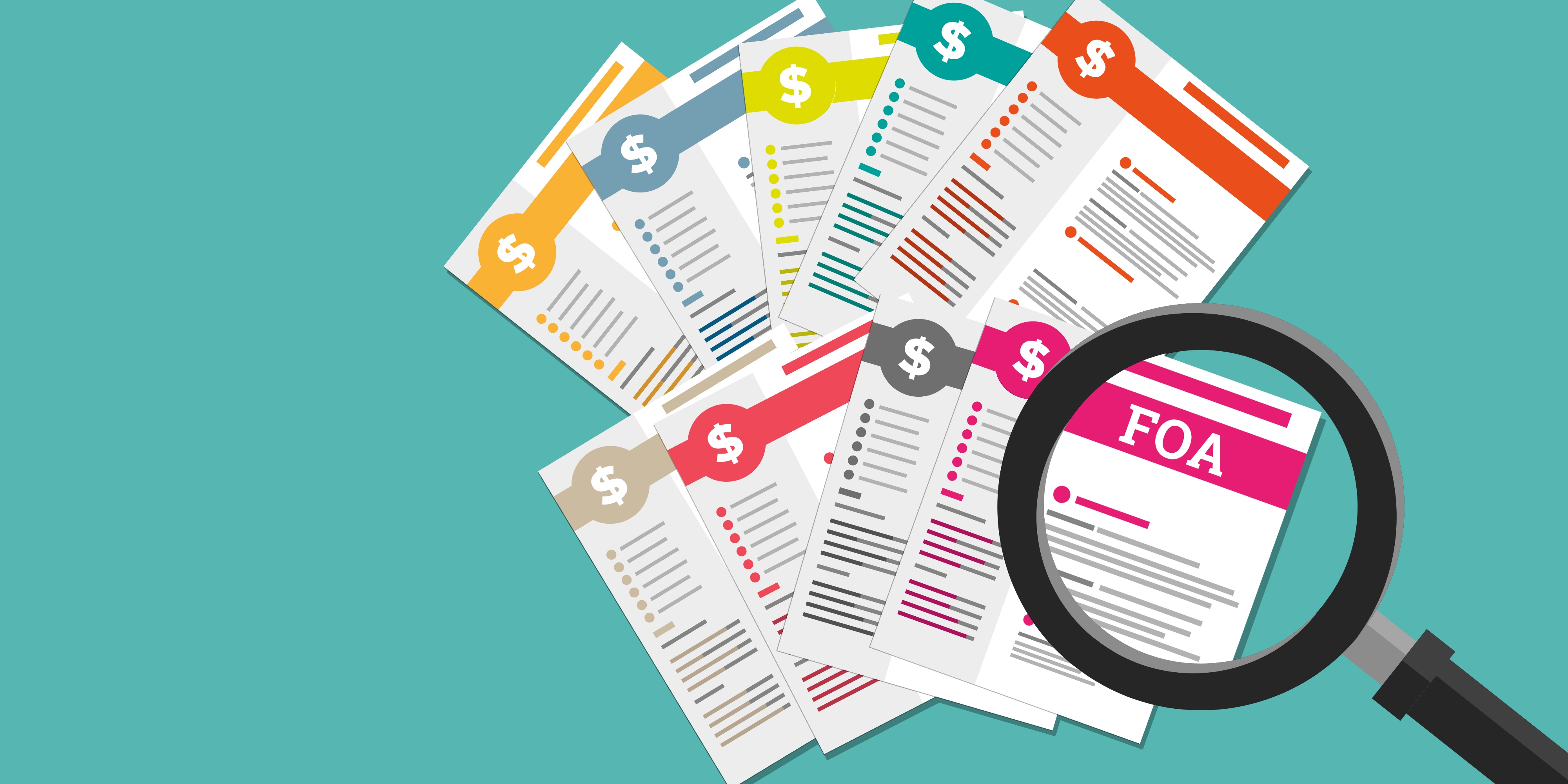Is My Program Fundable?
6 Keys to Assess Grant Readiness
Taylor Paiz | August 22, 2023
Pursuing grant funding can be both exciting and daunting. Between private philanthropy, federal funding, and state funding, it can be difficult to know where to start or how much work will be involved. To make it more complex, grant applications often require a quick turnaround to meet the deadline.
Being “grant-ready” means having the information, resources, and tools available to apply for, manage, and report on a grant. Preparing the necessary information and processes ahead of time will create efficiency and strengthen your proposals.
So, how do you know if your program or company is “grant-ready?” This insight provides an overview of key factors to consider.
1. Defining the Project
The level of detail put into project planning will make or break your proposal. A clearly defined project transforms a vision into a detailed, feasible plan. Consider how specifically you can answer the following questions:
-
-
What is the need or gap your project will address?
-
Why is your project important? How will it impact the larger community? Is there any research to support your claim?
-
What are the top three things you hope to accomplish (or change) with this project?
-
When will your project start and how long will it take?
-
What are the primary steps involved?
-
How much does your project cost? What other resources will it require?
-
How will you spend the grant money if you win? What will happen to your project if you don’t win?
-
2. Assessing Your Eligibility
There are a few fundamental components required across most grant programs. For example, most will require an Employee Identification Number (EIN). Federal funding programs require a Unique Entity ID (UEI) through a Sam.gov registration. If applying as a nonprofit entity, applications often ask for a copy of your IRS Determination Letter and a list of your Board of Directors. Copies of financial audits and 990s are common requirements for private foundation grants.
If you already know which funding program or agency you would like to apply to, you can take this a step further by reviewing eligibility requirements to see if your program qualifies. Restrictions may be placed on the type of organization allowed to apply, program timelines, the amount you can ask for, total project cost, and more.
3. Determining Funding Interest
Some projects have more funding opportunities than others, depending on the funder’s level of interest and current funding trends. Conduct preliminary research utilizing key words from your project to determine which grant opportunities align with your project’s goals.
Don’t create a new project or program just to fit into a funding opportunity. This will inevitably lead to a poorly thought-out project incapable of accomplishing your primary goal. If there is a lack of grant opportunities, consider whether a grant program could fund part of your project, or whether there are organizations you could partner with to increase your options.
4. Budgeting
Budgeting is a critical part of the grant application and reporting processes. Create a preliminary project budget. List the projected sources of funding for your project and line-item expenses. Consider both the direct and indirect costs required to implement the project.
Another important budget item to consider is cost sharing or cost matching. Most grant programs will not fund 100% of a project. When building your budget, consider whether you have the resources to provide a cost match. Will your company provide the matching funds? Or perhaps another funder, or a program partner? Have the matching funds been committed?
5. Measuring Outcomes
Presenting a detailed plan to measure your project’s impact will make your proposal stand out. Tracking the results of your project is one of the most effective ways to establish credibility and show a funder the positive impact of their dollars.
Measurable objectives are time-bound and able to track changes that take place as a result of your project. This can come as a challenge, especially if the team implementing the project is not on board. Establish objectives and a plan to measure impact in collaboration with the program team. Although not always required, quantifying objectives is a helpful way to ensure they are measurable.
What change(s) do you want to observe? How will you measure progress? What tools or methods will you use?
6. Partnering with the Community
Collaboration is a notable strength to grant funders. It ensures a shared vision can be achieved more effectively and efficiently. Both private foundation and federal funding programs often require applicants to provide a list of current or pending partnerships with other organizations, along with a description of engagement. Federal funding programs also often want to know how you have collected community input and feedback on your project plan. Who are your current partners? What potential new partnerships are being developed? How are you engaging the local community?
Assessing these six key areas will put you well on your way to being grant-ready for the next funding opportunity.
Want to dive deeper?
Explore specific grant readiness strategies in a consultation workshop with Capitol Funding Solutions. Schedule your workshop and learn more by contacting us today.






